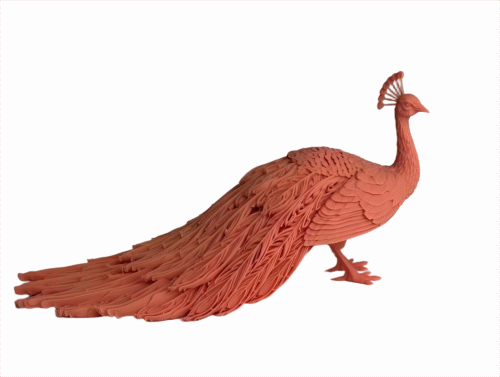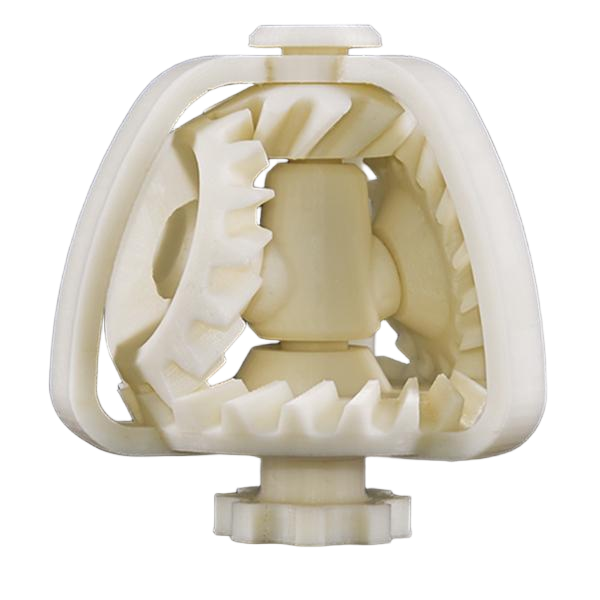Compare 3D Printing Materials
Explore and compare 3D printing materials to find the best fit for your project. From durable plastics to flexible resins, our guide highlights key properties like strength, flexibility, and surface finish, helping you choose the right material for prototyping, production, or custom parts.
Red wax
Process: DLP
High Precision, Smooth Surface
Wax materials are a special type of material commonly used in 3D printing, primarily applied in rapid prototyping and precision casting. They offer excellent flowability and moldability, allowing for high-precision detail during the printing process. Red wax, in particular, has a vivid color, usually deep red, hence the name “red wax.” One of its key features is its ability to melt quickly when heated, facilitating subsequent casting processes, making it especially suitable for jewelry, art sculptures, and the manufacture of complex mechanical parts.
In addition, red wax materials have moderate hardness and a smooth surface, requiring minimal post-processing after printing, which helps maintain the accuracy and surface quality of the print. Because it can be melted at high temperatures, it is also commonly used in the “lost wax casting” process, playing a crucial role in precision casting.
Ceramic-Like
Process: SLA
Heat Resistance, Strength, Stiffness
The high-temperature reinforced ceramic white combines exceptional heat resistance with outstanding strength and stiffness, making it an ideal choice for functional parts and high-performance prototypes. Post-curing further enhances its mechanical properties and thermal stability, providing reliable performance for complex geometries. Whether for aerospace, precision molds, electronic insulators, or laboratory equipment, this ceramic material meets the highest standards under demanding conditions, delivering solid support for innovative designs and high-performance manufacturing.
ABS-Like
Process: FDM or SLA
Moisture Resistance, Durability
ABS-like material is a durable and versatile prototyping material suitable for producing both functional and aesthetic parts. Its front surface is smooth, while the side walls and bottom have a matte finish, giving parts an appearance similar to injection-molded components. The material offers good dimensional stability, moisture resistance, and is easy to post-process, making it ideal for rapid prototyping and functional testing.It is usually available in black and white.




